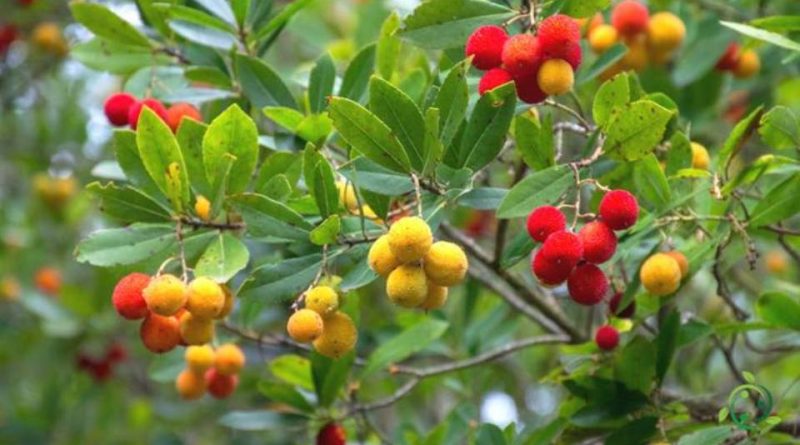How to prune the Strawberry Tree
How to prune the Strawberry Tree
The strawberry tree (Arbutus unedo L., 1753), also called albatross or arbuto, is a fruit tree or shrub of the Ericaceae family, widespread in the western Mediterranean countries and on the southern coasts of Ireland. The fruits are called strawberry trees or sometimes albatrosses.
This plant has the particularity of hosting flowers and ripe fruit at the same time, due to the particular ripening cycle.
The strawberry tree, blooming in winter, bears fruit only in areas with a mild climate where bees can pollinate, for example in southern Italy, although the plant also tolerates colder winters. Flowering is quite prolonged, it begins in autumn and lasts for a good part of winter. The fruits ripen in October-December, in the following year with respect to the flowering that gives them origin; these have a gradual ripening, so that ripe red berries and lighter still unripe ones can be present on the same shrub.
The characteristics of this plant mean that the plant can be grown as a bush, also favoring its tendency to shrub or tree forms.
As anticipated, based on the pruning adopted, the strawberry tree can be grown as a bush or as a sapling.
The difference lies in the fact that if we choose to grow it in the bush form, we let the individual shoots grow, taking care of them and pruning them only where needed (dried, broken parts, etc.) while with pruning in the form of a tree we go to remove the basal jets, leaving the more vigorous and straightest jet and scaffolding it at about 1.00 meter high.
It must be said, however, that since the strawberry tree is a plant that has a strong polloniferous activity, it tends to grow wild easily with a decrease in the production objective.
The training system must therefore be chosen immediately if you decide to give shape to a small tree. Once the other shoots have been removed, the plant is left to take shape for 2 – 3 years, letting the various shoots that form from the central trunk grow but removing the suckers that form at the base.
In this case the pruning to raise the strawberry tree to sapling is limited to freeing the stem from the basal jets. With this procedure you will have to cut off the branches that grow in the lower part of the plant by performing this operation regularly, every spring. In this way it will be enough to cut one or two shoots per season without subjecting the plant to excessive cutting stress.
To give the tree a more orderly appearance, it is therefore important to prune the formation, with which the training form is imprinted. Plants purchased in pots are usually already set in sapling or bushes.
If you opt for the sapling shape, the most suitable is a vase, leaving 3 – 5 main branches and aerating more in the center to avoid excessive dry parts or plant diseases of various kinds.
The cuts must therefore be aimed at containing the hair and ventilating it, eliminating parts that are dry or damaged by time.
The pruning of the strawberry tree must be limited to a minimum, especially if you intend to intervene on the foliage: the plant bears flowers and fruit throughout the year, so it will be necessary to intervene only on the sick or too old branches that do not bring flowering.
Furthermore, the foliage must be reduced in the period that coincides with the end of winter, when it becomes too dense.
The optimal period for pruning the strawberry tree therefore falls with the beginning of spring to ensure that the vegetative restart can take place with greater balance and on branches with greater circulation of sap.
In bush-shaped pruning, this is used more for potted plants or for ornamental purposes, in this case it is limited to the elimination of dry or damaged shoots; the criterion therefore has no productive but only aesthetic purposes.

